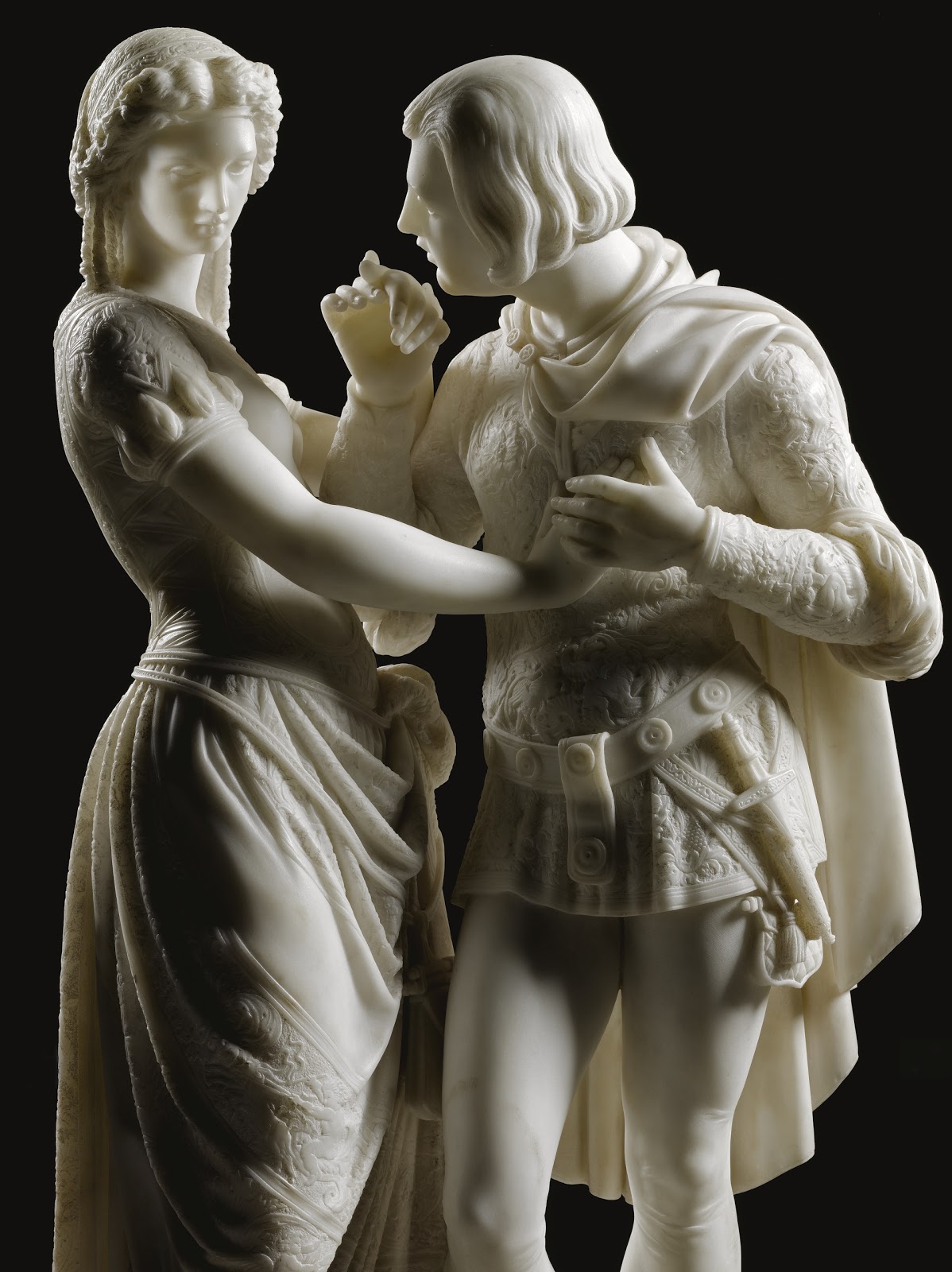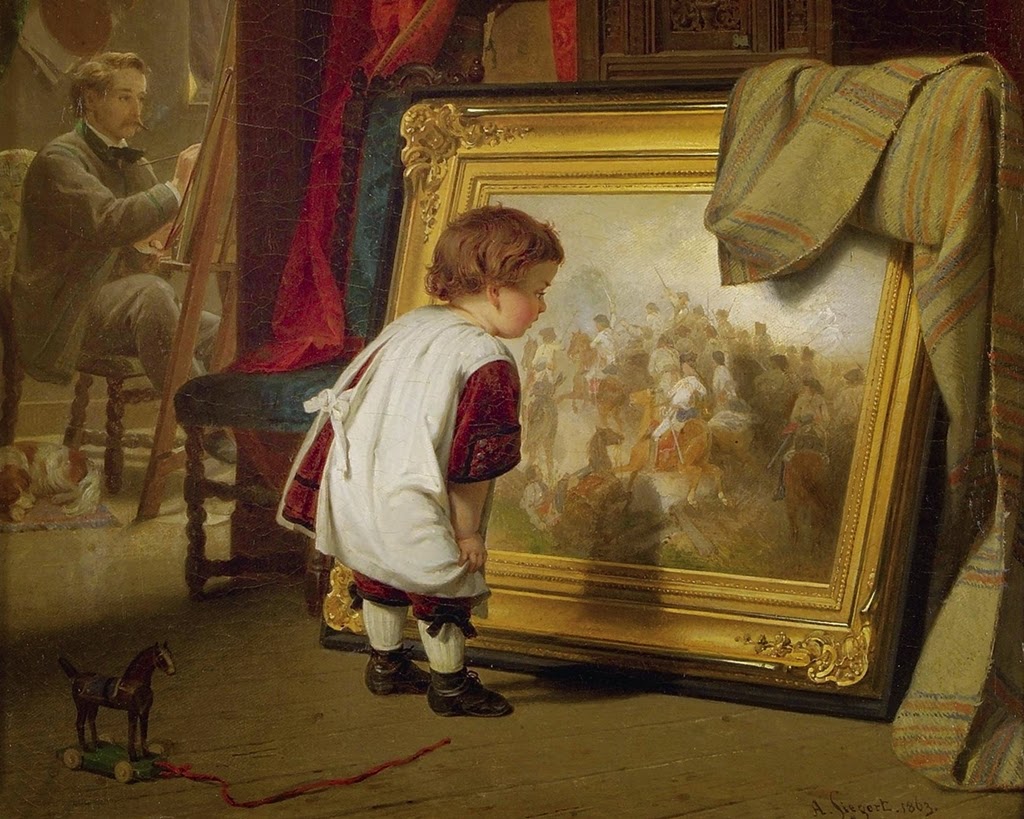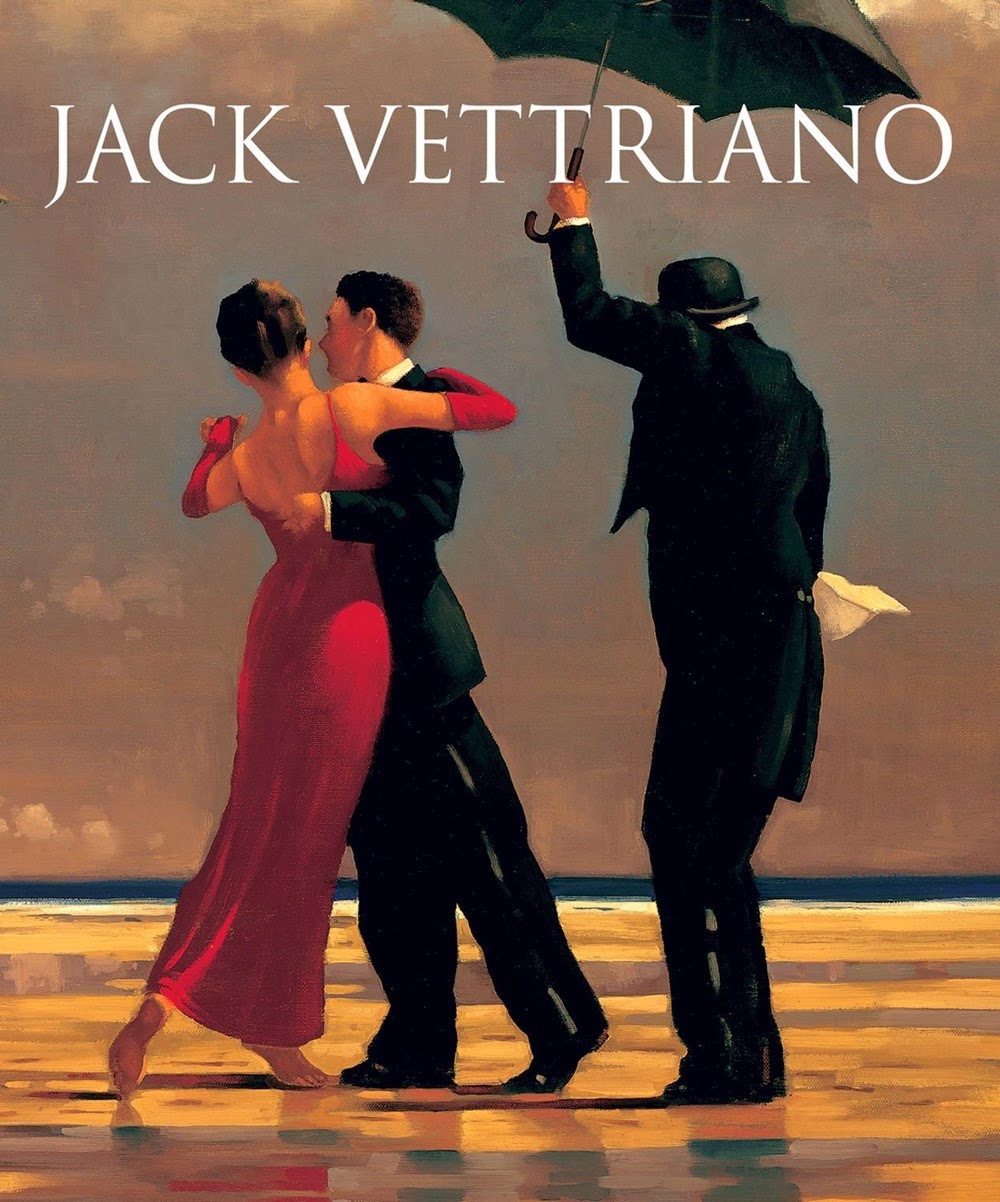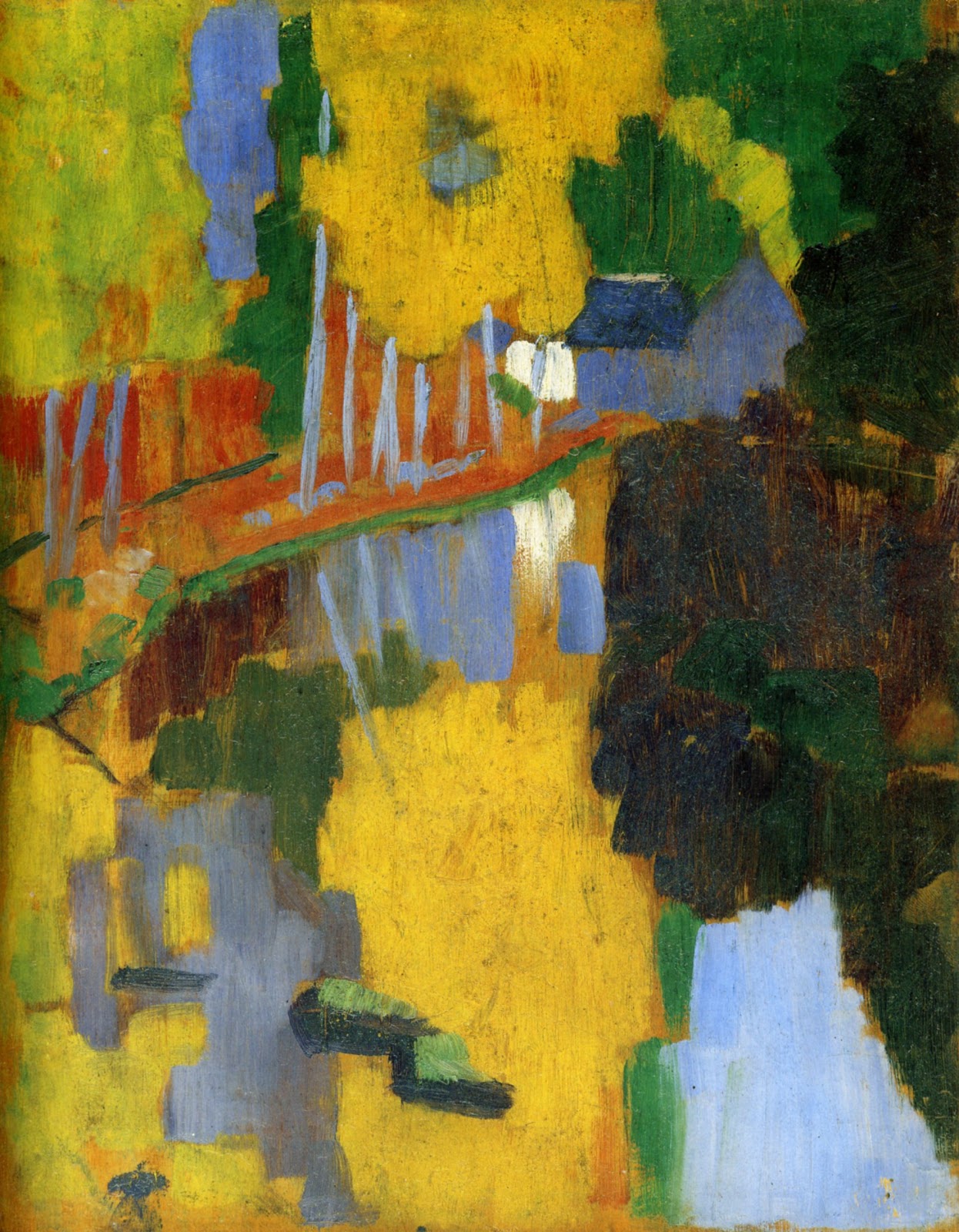Baroque was the principal European style in the visual arts of the 17th century.
The term covers various national styles that range from the complex and dramatic Italian art of the 17th century to the restrained genre scenes, still-lifes and portraits characteristic of the Dutch Baroque.
In Italy, Caravaggio painted altarpieces and introduced innovations such as dramatic lighting effects that influenced painters like Artemisia Gentileschi. Other artists, such as the Giovanni Battista Gaulli and Pietro da Cortona, executed illusionistic ceiling paintings.
Johannes Vermeer | Girl with a Pearl Earring, 1665






.jpg)

.jpg)


.jpg)
.jpg)



.jpg)



